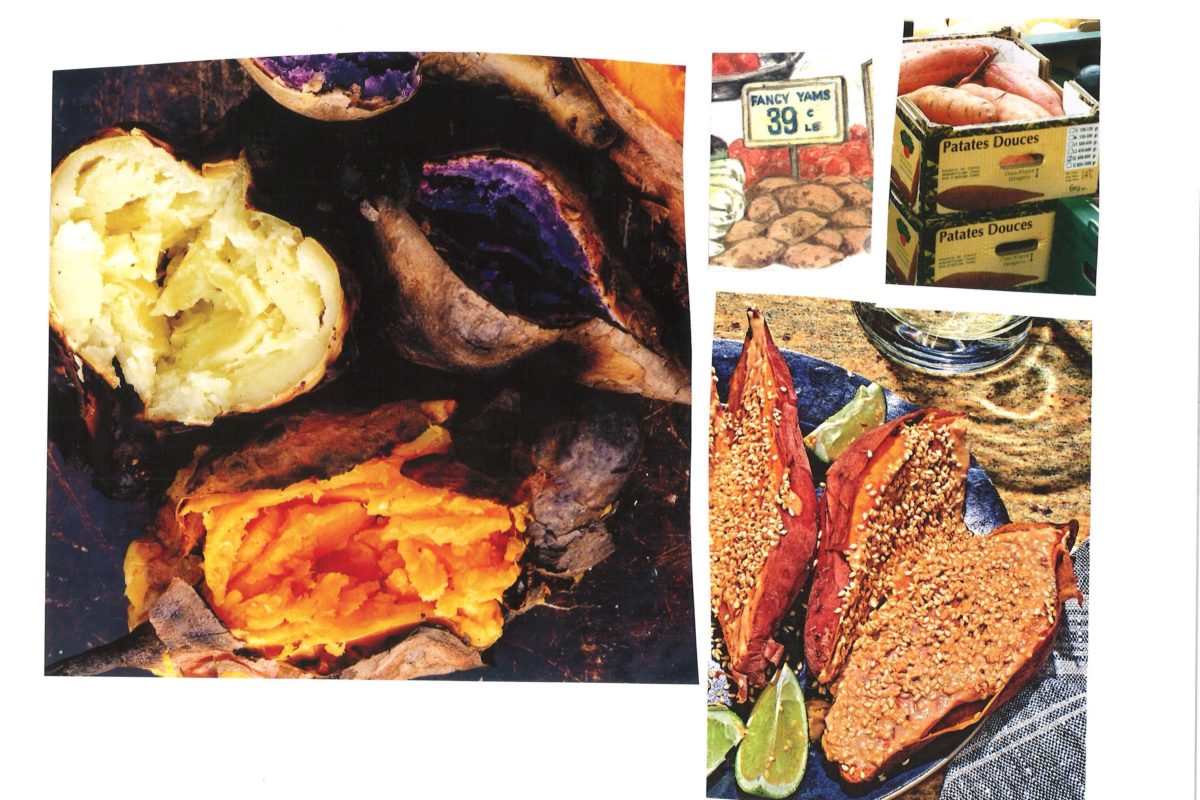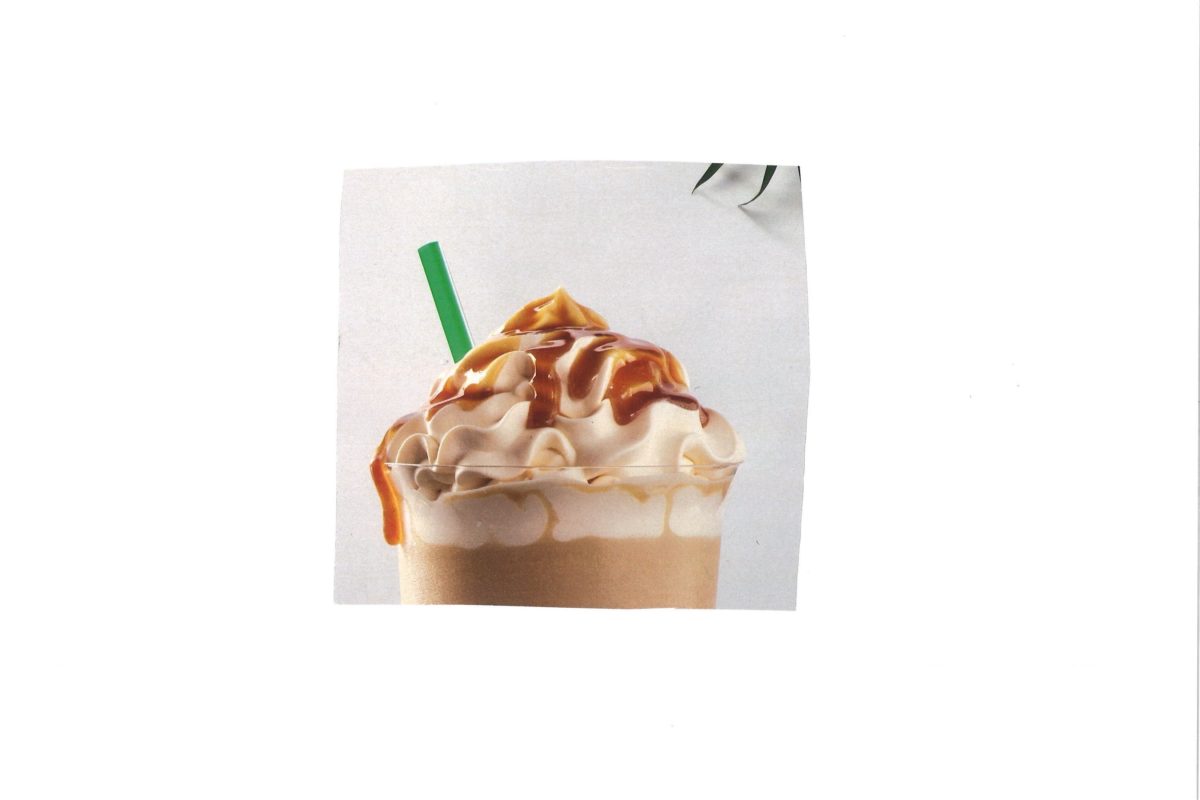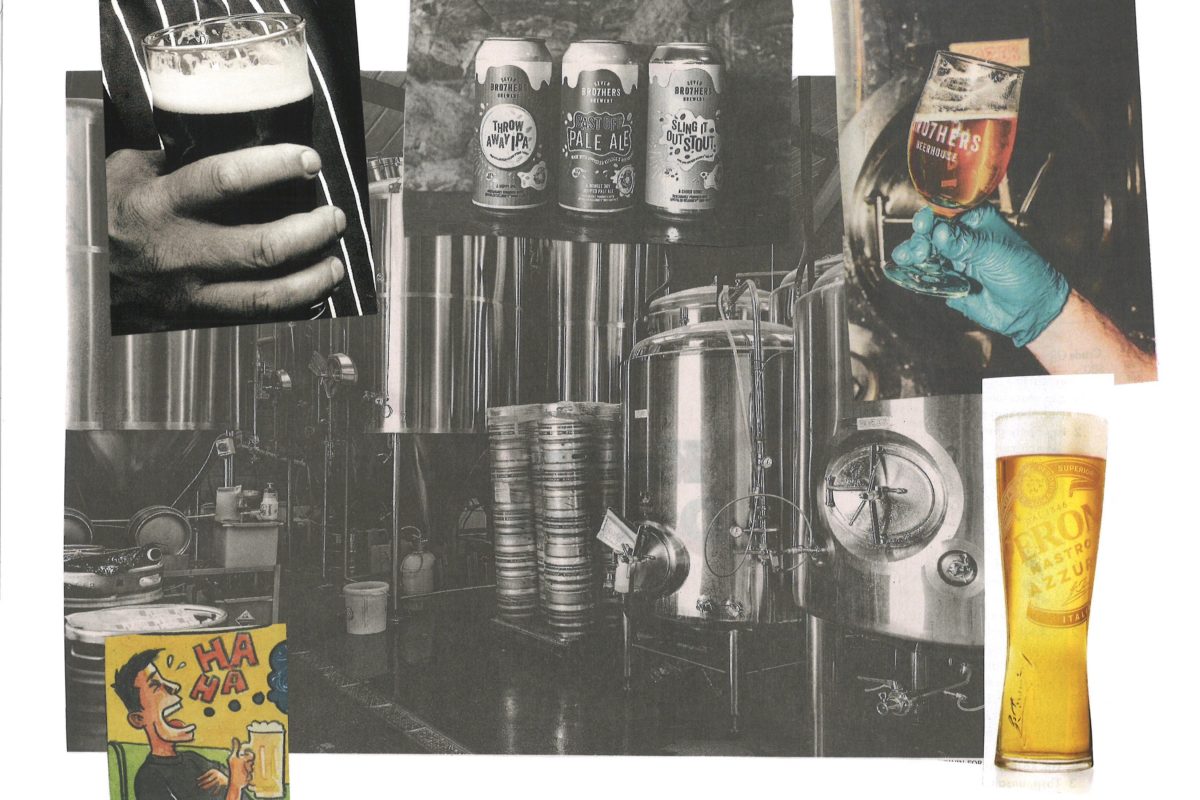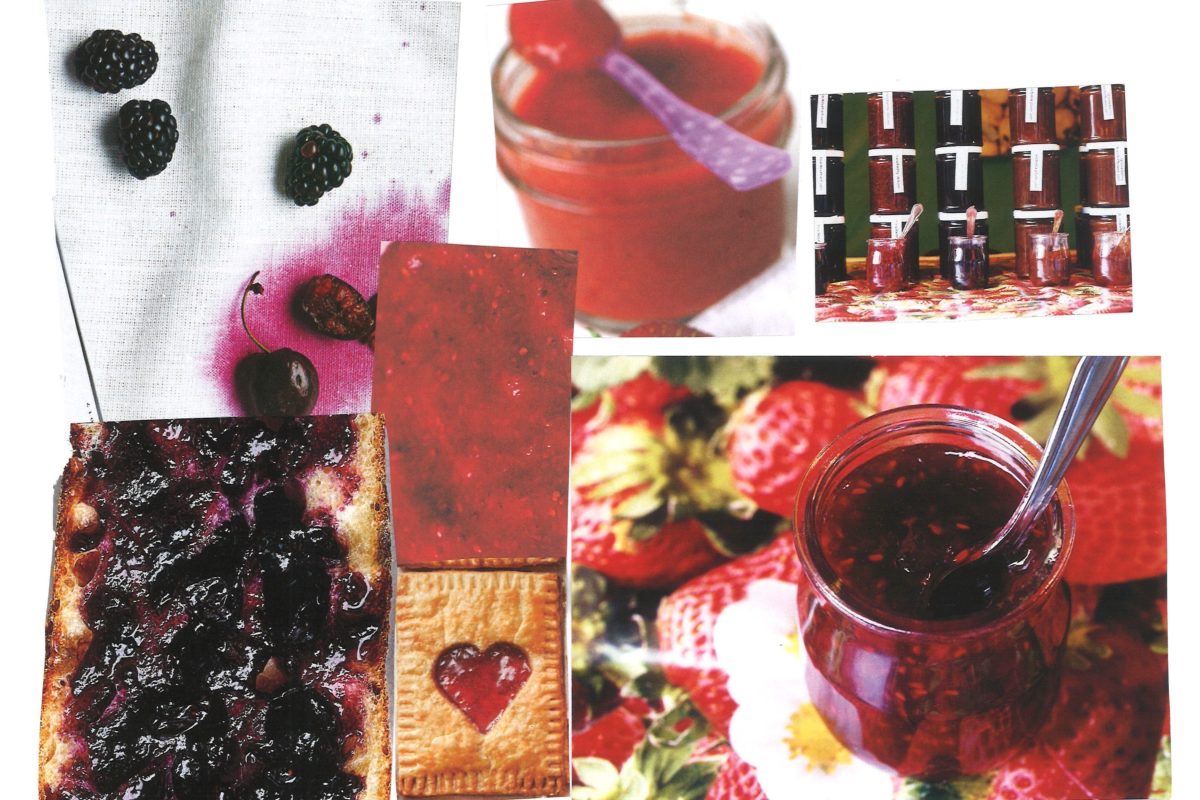What’s the Difference Between Mozzarella, Burrata, and Straciatella?
It’s the tail-end of tomato season, and, like the rest of us, you’re looking for ways to help your private chef jazz up the Sunday-evening caprese. My tip: make like Pat Sajak and buy a couple extra vowels, because straciatella and burrata are going light up the appetizer spread. But before you send your butler to the cheese shop, let’s parse the difference between mozzarella and its creamy cousins.
Mozzarella is an old friend: a fresh cheese made with cow milk (or, in the case of mozzarella di bufala, water-buffalo milk). The milk is separated into curds and whey; the curds then get strained, sliced, and submerged in a bath of 180–185°F water. They’re kneaded until they’re stretchy and elastic, then shaped into smooth, round balls.
(There’s a wide spectrum of quality and appearance within mozzarelladom: there are the packets of low-moisture, pre-shredded stuff found in any grocery store in America, and the snow-white balls of it in Naples that shudder when you look at them. But each of these comes out of the same mozzarella-making process.)
You get straciatella when you take strands of fresh mozzarella and soak them in fresh cream; the result is a not-quite-solid, not-quite-liquid luxurious mess that makes a single piece of toast and cheese seem like it’s worth $9 at a fancy restaurant.
And burrata happens when you take a ball of mozzarella and fill it with that very straciatella, so that what looks like a solid mass of mozzarella ends up oozing a mozzarella-and-cream puddle as soon as you cut into it.
How’s that to cure your caprese ennui?
If you liked this, subscribe to the What’s the Difference newsletter here!






